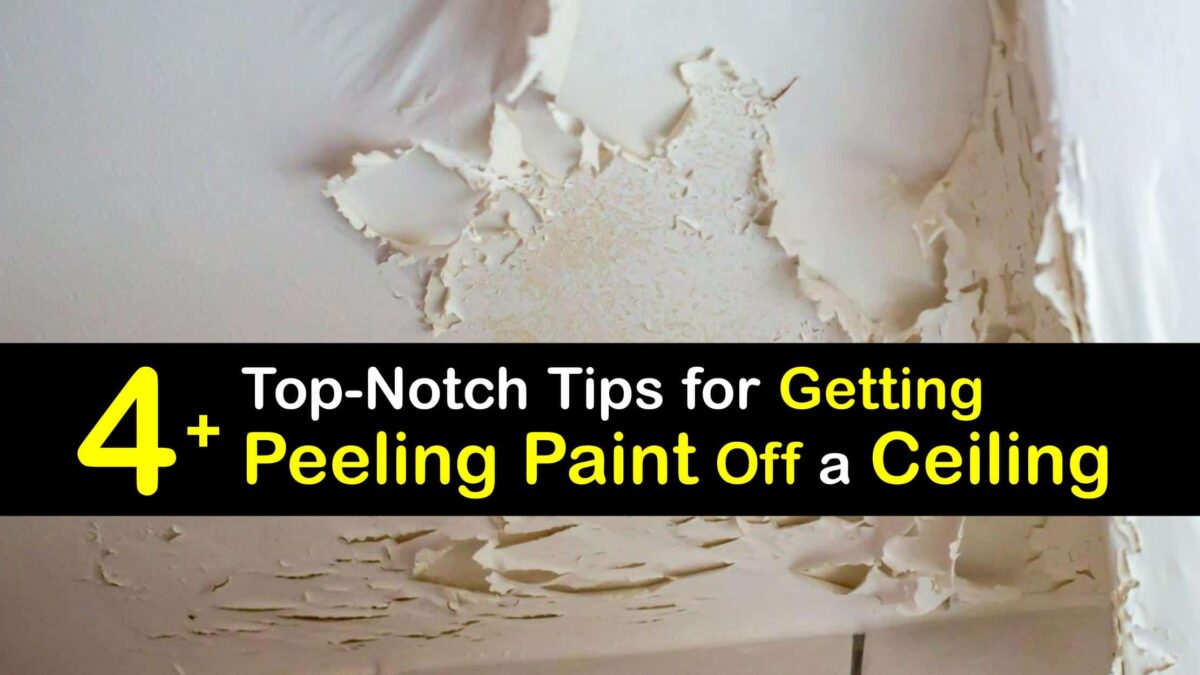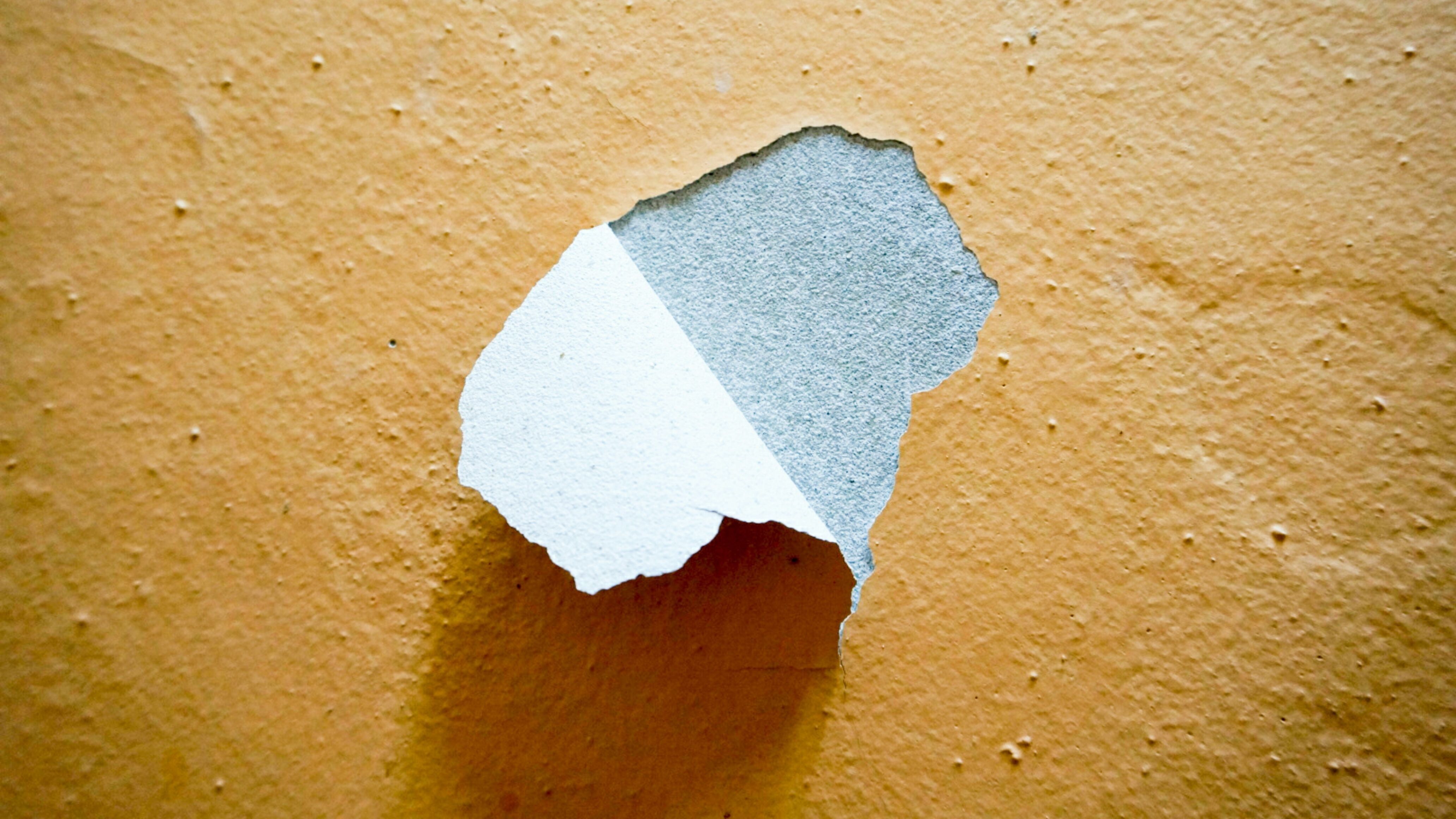Understanding the Cause of Peeling Paint

Before you start removing peeling paint, it’s important to understand why it’s happening in the first place. This will help you prevent future peeling and ensure a lasting paint job.
The Impact of Different Paint Types
The type of paint used can significantly impact its adhesion and susceptibility to peeling.
- Oil-based paints are generally more durable and less prone to peeling than latex paints. However, they can be more difficult to apply and require longer drying times.
- Latex paints are easier to apply and clean up, but they can be more susceptible to peeling, especially in high-humidity environments.
- Epoxy paints are extremely durable and resistant to peeling, but they are also more expensive and can be difficult to apply.
Environmental Factors Contributing to Peeling Paint
Environmental factors can play a significant role in paint peeling.
- High humidity: Excessive moisture in the air can cause paint to soften and lose its adhesion, leading to peeling. This is especially common in kitchens and bathrooms.
- Extreme temperatures: Fluctuations in temperature can also cause paint to crack and peel. This is more likely to occur in areas with hot summers and cold winters.
- Sunlight exposure: Prolonged exposure to sunlight can cause paint to fade and become brittle, increasing the risk of peeling. This is especially true for dark-colored paints.
- Poor ventilation: Insufficient ventilation can trap moisture, leading to peeling paint. This is a common problem in enclosed spaces, such as closets and cabinets.
Preparing for Removal

Before you dive into the removal process, it’s crucial to prepare yourself and your workspace for a safe and efficient operation. This includes understanding the necessary safety precautions and gathering the right tools and materials.
Safety Precautions
Safety should always be your top priority when working with paint, especially if it contains lead. Lead-based paint was commonly used before 1978, and inhaling or ingesting lead dust can be harmful, especially to children. Here’s what you need to know:
- Wear a respirator: This will prevent you from inhaling dust and paint particles, especially lead dust. A respirator with an N95 or higher rating is recommended for lead paint removal.
- Wear protective clothing: Cover your skin with long sleeves, pants, and gloves to minimize exposure to paint dust and chemicals.
- Use eye protection: Wear safety glasses or goggles to protect your eyes from paint particles and debris.
- Work in a well-ventilated area: Open windows and doors to ensure good air circulation and minimize the concentration of dust and fumes.
- Avoid eating or drinking while working: Wash your hands thoroughly before and after working with paint to prevent accidental ingestion.
- Clean up thoroughly: Dispose of paint chips and dust properly. Consult your local waste disposal regulations for specific guidelines.
Tools and Materials
The right tools and materials will make the paint removal process smoother and more efficient. Here’s a list of essentials:
- Paint scraper: Choose a scraper with a sturdy blade that can handle the peeling paint without damaging the cabinet surface.
- Putty knife: A putty knife can be helpful for scraping away stubborn paint and smoothing out the surface after removal.
- Sandpaper: You’ll need sandpaper in various grits to smooth out the cabinet surface after removing the paint. Start with a coarse grit (like 80 or 100) for initial smoothing and progress to finer grits (like 120 or 150) for a smoother finish.
- Heat gun: A heat gun can be helpful for softening stubborn paint, making it easier to scrape off. Be cautious when using a heat gun, as it can damage the cabinet surface if used improperly.
- Chemical paint remover: If the paint is extremely stubborn or you need a faster removal method, consider using a chemical paint remover. However, these products can be harsh and should be used with caution. Follow the manufacturer’s instructions carefully.
- Drop cloths or plastic sheeting: Protect your floor and surrounding areas from paint dust and debris.
- Dust mask: Even if you’re wearing a respirator, a dust mask can provide additional protection from dust particles.
- Cleaning supplies: You’ll need cleaning supplies like soap, water, and a sponge or cloth to clean the cabinet surfaces before and after paint removal.
- Trash bags: Dispose of the paint chips and debris properly in sealed trash bags.
Cleaning the Cabinet Surfaces
Before you begin removing the peeling paint, it’s essential to clean the cabinet surfaces thoroughly. This will remove any dirt, grease, or grime that could interfere with the removal process and ensure a clean surface for repainting.
- Use a mild soap and water solution: Mix a few drops of mild dish soap with warm water and apply it to the cabinet surfaces using a soft cloth or sponge. Avoid using harsh chemicals or abrasive cleaners that could damage the cabinet finish.
- Pay attention to corners and crevices: These areas can accumulate dirt and grime, so make sure to clean them thoroughly. You can use a toothbrush or small brush to reach tight spots.
- Rinse thoroughly: After cleaning, rinse the cabinet surfaces with clean water to remove any soap residue.
- Dry completely: Allow the cabinet surfaces to dry completely before proceeding with paint removal. This will prevent moisture from interfering with the removal process and ensure proper adhesion for the new paint.
Methods for Removing Peeling Paint: How To Remove Peeling Paint From Cabinets

Now that you’ve assessed the situation and prepped your cabinets, it’s time to get down to business and actually remove the peeling paint. There are several methods you can choose from, each with its own pros and cons. Let’s dive into the details of each.
Scraping
Scraping is a simple and effective method for removing peeling paint, especially if the paint is already loose. You can use a variety of tools, including a putty knife, paint scraper, or even a credit card. Here’s how to go about it:
* Choose the right tool: For larger areas, a paint scraper with a wide blade will be your best friend. For smaller areas or tight corners, a putty knife might be more manageable.
* Start at the edges: Begin by scraping away the peeling paint from the edges of the peeling area. This will help you get a clean edge and prevent the paint from flaking off onto the surrounding surface.
* Work in sections: Scraping large areas can be tedious, so work in manageable sections. Once you’ve removed the peeling paint from one section, move on to the next.
* Be patient: It’s important to be patient and work carefully to avoid damaging the underlying wood. Apply gentle pressure and use a scraping motion to lift the paint off the surface.
* Clean up as you go: As you scrape, collect the loose paint in a bag or container. This will keep your work area clean and prevent the paint from spreading.
Chemical Paint Removers
Chemical paint removers are a powerful option for removing stubborn or multiple layers of paint. They work by breaking down the chemical bonds of the paint, making it easier to remove. However, they require caution and proper safety measures.
* Choose the right remover: There are various types of paint removers available, each formulated for different types of paint. Read the label carefully to ensure you choose the right one for your cabinets.
* Apply according to instructions: Always follow the manufacturer’s instructions regarding application, drying time, and safety precautions.
* Protect yourself: Wear gloves, eye protection, and a respirator mask to protect yourself from the fumes and chemicals.
* Work in a well-ventilated area: Chemical paint removers release strong fumes that can be harmful if inhaled. Work in a well-ventilated area or outdoors.
* Clean up thoroughly: After removing the paint, clean the surface with a damp cloth and soap to remove any residue from the remover.
* Dispose of properly: Dispose of the used paint remover and its container according to local regulations.
Comparing Removal Methods, How to remove peeling paint from cabinets
Both scraping and chemical paint removers have their own advantages and disadvantages. Scraping is a less aggressive method that requires minimal tools and is generally safe, but it can be time-consuming and less effective for multiple layers of paint. Chemical paint removers are faster and more effective, but they require more safety precautions and can be harsh on the underlying wood.
Ultimately, the best method for removing peeling paint from your cabinets depends on your individual needs and preferences. Consider the type of paint, the amount of peeling, and your comfort level with different methods.
How to remove peeling paint from cabinets – So, you’re dealing with peeling paint on your cabinets? Ugh, major mood killer! But hey, while you’re at it, maybe consider giving your bedroom a makeover with a tongue and groove bedroom ceiling. It’ll give the whole space a totally different vibe.
Anyway, back to those cabinets. Make sure you’ve got the right tools and a good scraper – you don’t want to end up with more damage than you started with!
Okay, so you’re trying to revamp your kitchen cabinets, right? Peeling paint is a total buzzkill, but don’t stress. A good scraper and some elbow grease can get you back on track. While you’re at it, why not get inspired by some modern bedrooms in Minecraft ?
Maybe you can find some cool ideas for your cabinets too! After all, a fresh coat of paint can totally transform your space, just like building a sick bedroom in Minecraft. So get to work, and soon your kitchen will be looking fierce!
